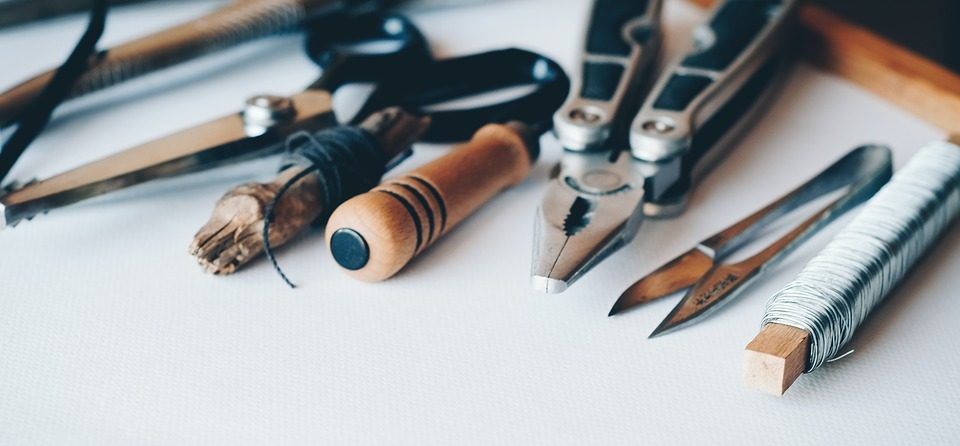Routine inspections and maintenance can help keep these issues from becoming bigger problems.
Fact: Things in your home can break. Faucets might leak, windows can stick and ceiling fan motors occasionally burn out.
Whether your home is newly constructed or listed on the historic registry, repairs will be needed. Here are five common household problems you’re likely to encounter within the first five years of owning your home, plus tips for dealing with the repairs:
1. Leaky faucets, running toilets
Your toilet flushes fine, but it won’t stop running. Or, perhaps you have a bathroom faucet that drips, drips, drips.
Those leaks are annoying, but they can also be very costly. According to the U.S. Environmental Protection Agency, the average household’s leaks waste more than 10,000 gallons of water each year; 10 percent of homes have leaks that waste 90 gallons or more per day. Worn-out toilet flappers, dripping faucets and leaking valves are among the most common types of residential leaks.
To check for leaks in your home, the EPA suggests taking these steps:
- Check your water meter before and after a two-hour period when no water is being used. If the meter changes at all, you probably have a leak.
- Identify toilet leaks by placing a drop of food coloring in the toilet tank and waiting 15 minutes. If any color shows up in the bowl, you have a leak. (Flush immediately after the experiment to avoid staining the tank.)
- Do a visual inspection of pipes, faucet gaskets and pipe fittings. If there’s water on the outside of the pipes or gaskets, you likely have a leak.
If you find a leak, get fix-it tips from the experts at your local hardware or home improvement store, or have a licensed plumber do the work for you.
2. Peeling, cracked paint and siding
Beyond keeping your house looking great, exterior paint protects your home from wind, rain and insects. If exterior paint is chalky, peeling or cracked, or caulk around windows and doors has failed, your home’s key structural components are at risk. Most homeowners can handle small repairs such as sanding and painting trim around windows and doors.
If you need a full exterior paint job, you’ll likely need to hire a professional. It could cost $2,600 to $7,500 to have a 2,400-square-foot house professionally painted, depending on your location and the amount of prep required. Remember that the longer you wait to repaint, the greater the likelihood that water and pests can damage your home.
Other types of exterior materials — vinyl, stucco and brick — also should be inspected and repaired on a regular basis.
3. Jammed disposal
According to the International Association of Certified Home Inspectors, the average household garbage disposal has a life expectancy of about 10 years — less if you use it a lot or don’t properly maintain it.
If the disposal is jammed or clogged, you may be able to fix it yourself, following instructions in your owner’s manual.
If the unit grinds poorly or is unreasonably noisy you may need to replace the blade, impeller or motor; this should be done by a pro. Because these types of repairs can be expensive, it’s often cheaper and faster to replace the entire unit. Expect to pay $325 to $400 to have a mid-grade disposal professionally installed.
4. Nail pops
If the walls of your brand-new home are dotted with unattractive mounds, you’ve got nail pops. In most cases, drywall nail pops are cosmetic defects that result when the lumber used to build the house dries and shrinks, oh so slightly. This shrinkage often causes the heads of drywall nails to push the finishing compound loose, allowing the nail heads to “pop” out of the wall. Nail pops most often appear near the corner of a wall or ceiling.
If your home is still under warranty, you should ask your builder to repair these blemishes. If you need or want to tackle the job yourself, you can. Simply use a punch to drive the nail deeper, then apply new finishing compound, sand and repaint.
5. Concrete cracks
Extreme weather, improper mixing, shrinkage during curing, pressure from vehicle loads and tree roots can all play a role in the cracks that form in concrete driveways and slabs. Not only are these cracks ugly, they can allow water and insects to infiltrate and lead to more significant damage over time.
Sinking concrete or widespread cracking could indicate a serious problem requiring the services of a professional and could cost upward of $2,000 to fix.
Products ranging from epoxy injections and concrete caulk to polymer-based resurfacers are available for homeowners who want to repair cracked driveways or slabs themselves.
No house is perfect, and no building material lasts forever. By keeping tabs on your home’s well being and preforming regular home maintenance tasks, you can save yourself money and aggravation.
Source: zillow.com ~ By: Mary Boone
